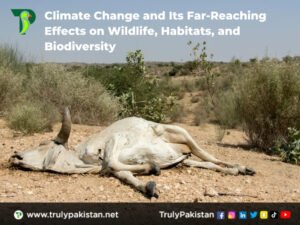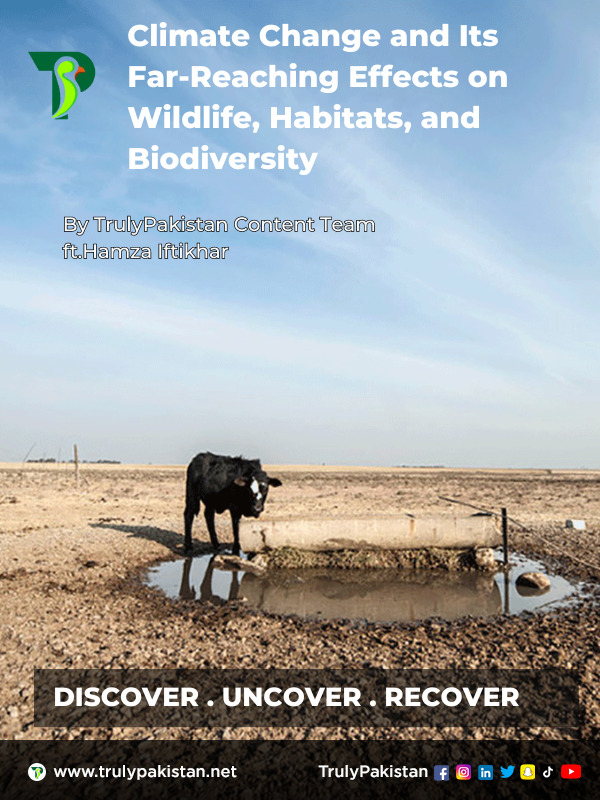Metamorphosed Habitats and the Lamentable Plight of Polar Bears:
Among the most profound manifestations of climate change’s impact on wildlife is the radical transformation of habitats. Escalating global temperatures and the unprecedented reduction of Arctic sea ice are imposing an existential threat on emblematic species such as polar bears. These majestic creatures depend on the sea ice as a platform for hunting seals, their principal source of sustenance. The receding Arctic sea ice compels polar bears to embark on extended and arduous hunting expeditions, thereby heightening stress levels and intensifying their vulnerability. Consequently, population decline emerges as a disquieting reality.
Disrupted Migration Patterns and the Enigma of Phenology:
Numerous wildlife species rely on meticulously synchronized migration patterns and phenology, the precise timing of natural events, for survival and reproductive success. Climate change has wrought havoc upon these patterns, leading to premature or belated migrations. The repercussions of these mismatches in migration timing include dwindling food resources and a surge in reproductive failures, exacerbating stress levels among these species. In their quest for adaptation, some species are compelled to recalibrate their migration routes and distances.
The Ominous Specter of Extinction and Conservation Imperatives:
Climate change has accelerated the pace of extinction within the global wildlife community. As once-familiar habitats metamorphose into inhospitable terrain and food resources dwindle, some species grapple with the distressing dilemma of swift adaptation, migration to uncharted territories, or the specter of extinction. This compelling narrative underscores the exigency of proactive conservation measures. Safeguarding biodiversity and ensuring the sustained existence of myriad species mandates a zealous commitment to conservation initiatives.
Disrupted Food Chains and the Proliferation of Disease Vectors:
Climate change precipitates disruptions within the intricate food chains of ecosystems. Rising temperatures prompt range shifts in some species while rendering others incapable of securing their food supply due to shifts in prey or flora abundance and distribution. Such disruptions provoke ecological imbalances, triggering cascading effects throughout the food chain. Furthermore, warmer temperatures create an environment conducive to disease vector proliferation, rendering wildlife populations increasingly susceptible to infectious diseases.

Adaptation in a Metamorphic Landscape:
Despite their innate resilience, wildlife faces an unprecedented challenge in the wake of climate change’s relentless pace. While species exhibit a remarkable ability to adapt, the accelerated rate of environmental transformation frequently surpasses their adaptive capabilities. In light of this, conservation strategies must judiciously account for the formidable challenges posed by adaptation, as we strive to safeguard vulnerable species in a shifting world.
In summation, Swift and resolute action is imperative to mitigate the consequences of climate change on wildlife. This necessitates a reduction in greenhouse gas emissions, the vigilant preservation and rehabilitation of habitats, and the formulation of conservation strategies harmonized with a dynamically changing climate. By comprehending and addressing these challenges, we can aspire to secure the enduring vitality of our planet’s remarkable tapestry of life. Climate change’s profound influence on wildlife constitutes an intertwined challenge demanding our immediate attention and unwavering commitment.

